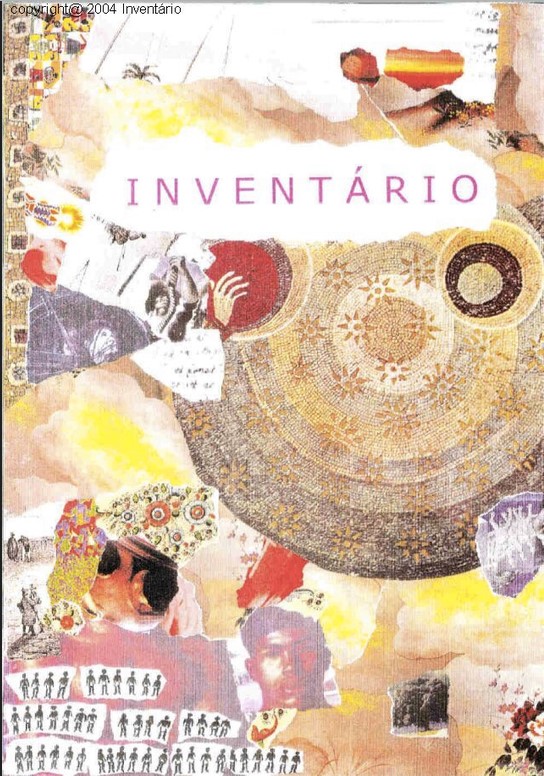ONGOING GRAMMATICALIZATION PROCESS OF THE LEXEME "TIPO": A STUDY BASED ON A SPONTANEOUS SPEECH CORPUS OF BRAZILIAN PORTUGUESE
Mots-clés :
Corpus Linguistics, Grammaticalization, Lexeme TIPORésumé
The lexeme "tipo" (type) has been described in literature as discourse marker (BITTENCOURT, 1999; DAMASIO-LOPES, 2008; CASTELANO; LADEIRA, 2010). However, not all tokens found in a corpus either operates as a discursive marker or as a full lexical item. Some occurrences seem rather to have a grammatical meaning. This paper aims thus at presenting evidence that the lexeme has been undergoing not only a discursivization but also a grammaticalization process (HEINE; KUTEVA, 2007). To do so, a speech corpus representative of Brazilian Portuguese, especially the diatopy of Minas Gerais (C-ORAL-BRASIL, RASO; MELLO, 2012), was surveyed and all occurrences of the lexeme tipo were extracted. The data were then classified into four main categories, namely, full lexical item, functional item, tonal unit containing only the lexeme tipo, and tonal unit containing only the expression “tipo assim” (like that, sort of), in accordance with the features each token presented. The best prototypes of each category were presented, and the data was tabulated, and frequencies were calculated. Some subfunctions were also addressed. The data seem to confirm that there is, indeed, a grammaticalization process ongoing in BP. The frequencies of tipo operating as discursive or functional item is far above the frequency of this lexeme functioning as a full lexical item.Téléchargements
Références
ANTHONY, L. (2018). AntConc (Version 3.7.5), Computer Software, 2018. Available from: http://www.laurenceanthony.net/software/antconc/
BITTENCOURT, V. O. Gramaticalização e Discursivização no Português Oral do Brasil: o caso “Tipo (Assim)”. SCRIPTA, Belo Horizonte, v. 2, n. 4, 1° sem., 2019, p. 39-53.
CAVALCANTE, F.; RAMOS, A. The American English spontaneous speech minicorpus. Architecture and comparability. CHIMERA: Romance Corpora and Linguistic Studies. 3.2, p. 99-124, 2016.
CASTELANO, K. L.; LADEIRA, W. T. Funções discursiv0-interacionais das expressões “assim”, “tipo” e “tipo assim” em narrativas orais. Letra Magna, ano 6, n. 12, 1º sem., 2010.
CRESTI, E.; MONEGLIA, M.. C-ORAL-ROM: integrated reference corpora for spoken Romance languages. New York, Amsterdam: John Benjamins, 2005.
CROF, W. 2000. Explaining language change: an evolutionary approach. London: Longman, 2000.
DAMASIO-LOPES, L. R. (2008). A emergência do marcador discursivo “assim” sob a óptica da gramaticalização: um caso de multifuncionalidade e (inter)subjetivização, 2008, 247 fls. (Dissertação de mestrado) Universidade Estadual Paulista, São José do Rio Preto: 2008.
GOBBO, O. R. Marcadores discursivos em uma perspectiva informacional: análise prosódica e estatística, 2019, 158 fls., (Dissertação de mestrado) Faculdade de Letras, Universidade Federal de Minas Gerais, Belo Horizonte.
HEINE, B.; KUTEVA, T. The genesis of grammar: A Reconstruction. New York: Oxford University Press, 2007.
HOPPER, P. J.; TRAUGOTT, E. C. Grammaticalization. 2nd edn. Cambridge: Cambridge University Press, 2003.
MARTIN, P. WinPitch Corpus: a text to speech analysis and alignment tool. In: Cresti, E. and Moneglia, M. C-ORAL-ROM: integrated reference corpora for spoken Romance languages. New York, Amsterdam: John Benjamins, 2005.
MONEGLIA, M.; RASO, T. Notes on Language into Act Theory (L-Act). In: RASO, T; MELLO, H. (Eds.). Spoken Corpora and Linguistic Studies. Amsterdam/Philadelphia, John Benjamins Publishing Company, 2014, p. 468-494.
RASO, T., MELLO, H. C-ORAL-BRASIL: corpus de referência do português brasileiro falado informal. I. Belo Horizonte: UFMG, 2012.
RASO, T.; VIERA, M. A. A description of Dialogic Units/Discourse Markers in spontaneous speech corpora based on phonetic parameters. CHIMERA: Romance Corpora and Linguistic Studies, Vol. 3, No 2, 2016.
SANTOS, S.; BOSSAGLIA, G. Morphosyntactic, prosodic, functional and distributional description of the information unit of Parenthesis in spoken Brazilian Portuguese. Caletroscópio, Vol. 6, n. especial, III Diverminas, 2018.







